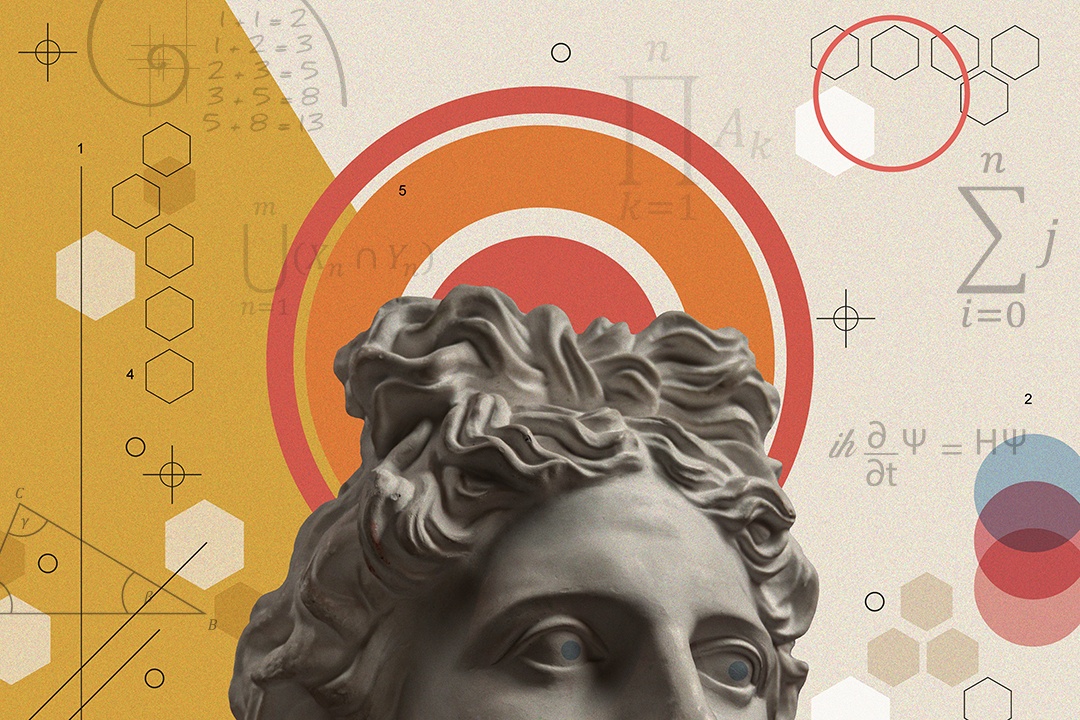
Have any of these scenarios ever happened to you?
- A Board member forwards an article about a local business executive who just sold her company, says, “She’s worth millions! She should give us money. Call her for a donation – now.”
- Your executive director hands you the program from a recent symphony performance with names of $10,000+ donors circled and a note that “these are good prospects for us, why aren’t we talking to them?”
- Your Board Chair says “Let’s send Oprah a proposal!”
While it is possible that any of these situations could result in a major gift for your organization, it’s unlikely that they will. When evaluating the likelihood of a prospect’s giving, three factors are critical for consideration throughout the relationship management cycle: Capacity, Propensity, and Readiness. These factors help determine the potential for giving, and understanding the art and science behind them will help you secure optimal gifts, leading to fundraising success.
- The art involves listening, being curious, building rapport, and intuition.
- The science involves research, screening, data mining, and analytics.
Determining a Donor’s Capacity to Give
Capacity refers to the prospective donor’s financial ability to make a gift, considering his/her net worth (income, investments, assets) and financial obligations (family, business, other commitments). “There are several research and screening tools that reveal assets and sources of income which can be used to give you an idea of someone’s capacity to make a gift,” says Cheryl House, CFRE, senior consultant at The Phoenix Philanthropy Group. “In addition, it’s important to know other details about your prospect and their life situation.”
“These life situations include things like age, family status, and health conditions, as well as extraordinary circumstances like divorce, paying for college, or selling a business,” says House. “All these factors come into play when you’re looking at whether someone is in a financial position to give a major gift and what that gift level might be.”
Money alone does not signal that a donor should or will give to your organization, however.
Identifying a Willingness to Give
Propensity refers to the alignment of a prospect’s interests and values with the institution’s mission and programs. Is the prospect truly philanthropic, and if so, what similar organizations or causes does s/he support? “Unfortunately, someone can have all the capacity in the world, but not have a philanthropic bone in their body,” says House.
To better understand propensity, consider a person’s philanthropic history and preferences, the types of institutions and programs s/he gives to, his/her relationship with those institutions, and past gift amounts.
Basic research can provide much of this information, however, this shouldn’t be the only way to assess interest and passion. Working closely with your board and volunteers who may know the prospect is another means of determining propensity. The best way is truly getting to know your prospective donor and learning about his/her philanthropic interests firsthand.
Ascertaining the Donor’s Readiness
Is the donor ready to give? Readiness means that the prospect is ready to make a gift to your organization. Are they informed and engaged enough to justify a financial commitment? Can we capture the full potential of our prospect if we ask now? Readiness is often the most challenging criteria to determine.
“If they’re not ready, now, determine what is needed to engage them and who the right people are to do that,” says House. “It may be a board member, executive staff member, or program manager working together with the development professional, but it must be someone whom the prospect respects and trusts.”
Putting a Plan in Action: Moving Prospects Up the Giving Pyramid
Western University of Health Sciences has had significant fundraising success applying the principles of Capacity, Propensity, and Readiness to move prospects through the relationship management process and prepare them to make a major gift. “Donor prospects are all around you,” says Diane Abraham, Ph.D., Senior Vice President of University Advancement at WesternU. “They are teaching in your classrooms, they are in your boardroom and on your volunteer committees, they are your alumni and program participants.”
She shares an example of how the University gained a major gift from an alumnus by first inviting him to a more intimate alumni event where he met the University leadership team, talked with former classmates, and became more engaged with WesternU. The development team followed up with him and asked to tour his health clinic in order to learn more about him and his interests and values.
By demonstrating their interest in him and his work, WesternU was able to solidify a renewed relationship and show the donor how he could be part of the University’s success. Upon understanding his capacity, propensity, and readiness to give to the University, the development team presented him with a proposal for an endowment. “It was a beautiful way for us to engage him, and he is considering a capital gift when we launch our next campaign,” says Abraham.
Abraham shares another example of how a potential donor’s capacity and propensity aligned with their institution, but due to unexpected circumstances, the donor was not ready to give. That didn’t deter the University’s development team. Abraham and her staff stayed in touch with the prospective donor and her family until, several years later, the donor was ready to make a financial commitment. “At times, building the relationship and seeing it come to fruition with a major gift takes great patience,” says Abraham.
Key Takeaways for Putting Capacity, Propensity, and Readiness in Action:
- Utilize research tools and personal connections to learn more about prospects who may have a high potential to give.
- Don’t forget to look in your own backyard for potential donors, such as your employees, volunteers, members, or those who give through corporate donations who are also potential prospects for individual giving.
- When meeting with potential donors, design discussions around them, not your organization, to understand whether their mission, vision, and values align with those of the institution. Ask open-ended questions and listen. When in doubt, ask them how and when they want to be asked for a gift.
- Because it can often take up to 24 months or more to realize a major gift, patience is key when readiness is delayed. Consider incremental pledges and gifts to optimize individual giving over time.
Optimize Giving Using the Art and Science of Capacity, Propensity, and Readiness
Capacity, Propensity, and Readiness are key factors in a fundraiser’s ability to optimize giving from individual donors. Truly understanding a prospective donor’s ability and interest to give, and the right timing, will ensure the next gift – and the ones thereafter – are more meaningful to your donor and your organization.
Creative Search Tools to Assist with the Science of Capacity, Propensity, and Readiness
Evaluating a prospective donor’s Capacity, Propensity, and Readiness to give is both an art and a science. The science side of the evaluation includes a considerable amount of research, data mining, screening, and analytics. Whitney Fulton, an expert in prospect research and consultant with The Phoenix Philanthropy Group, offers these tips for mastering some under-utilized tools for a Google search that can yield valuable information regarding a prospective donor.
- Search Tip #1: Use the term “intext” to locate specific words or a string of words within a website, depending on the information you are looking for. For example, in the Google search bar type intext:“prospect research resources” OR “library databases” OR “prospective donor information resources”. The results will include websites with this specific information.
- Search Tip #2: Use the term “allinurl” to find websites that contain one or more words within the actual URL. For example, type allinurl:research bookmarks in the search bar. This will result in websites that have those keywords in the URL, which helps you pinpoint your search results.
- Search Tip #3: Search by Filetype to locate specific or preferred types of files containing useful information. Typical filetypes include PDF, DOC, DOCX, XLS, XLSX, PPT, PPTX, TXT, and RTF. For example, type “prospect rating form” filetype:pdf in the Google search bar to refine your search results.
- Search Tip #4: Use an asterisk as a wildcard to search pages that contain “anything” before your search term. For example, typing the phrase “donates * million to alma mater” in the Google search bar will return information such as Donates $16 Million to Alma Mater, or Donates $4 Million to Alma Mater.
- Search Tip #5: Use the “Tools” section on the Google search bar to specify a date or time range for a search. This is a great way to reduce the number of superfluous results and find relevant information more quickly.
Richard Tollefson is founder and president at The Phoenix Philanthropy Group, an international consulting firm serving nonprofit organizations as well as institutional and individual philanthropists.
